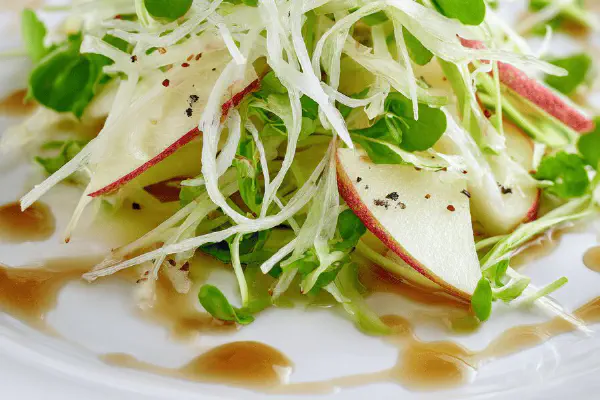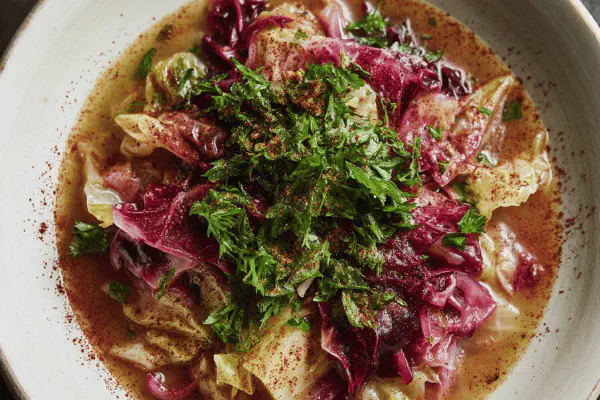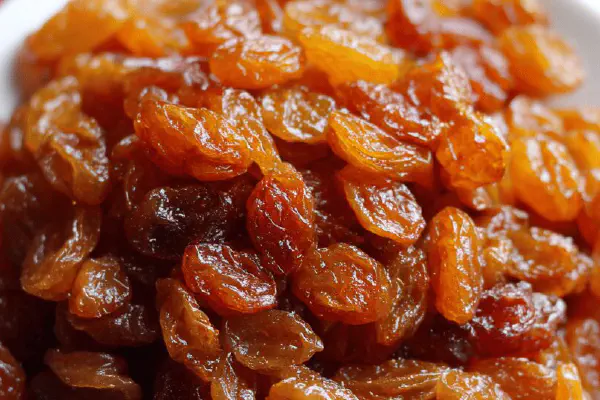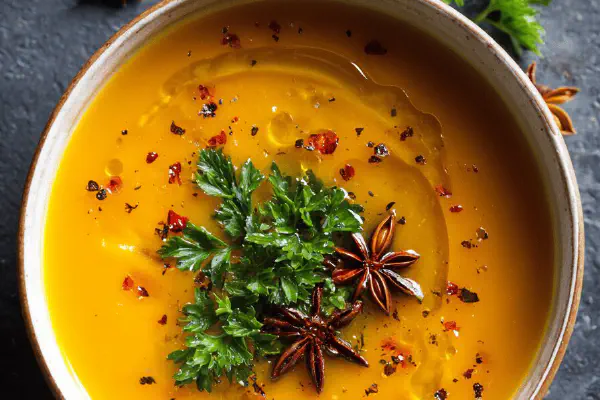Candied Blood Oranges
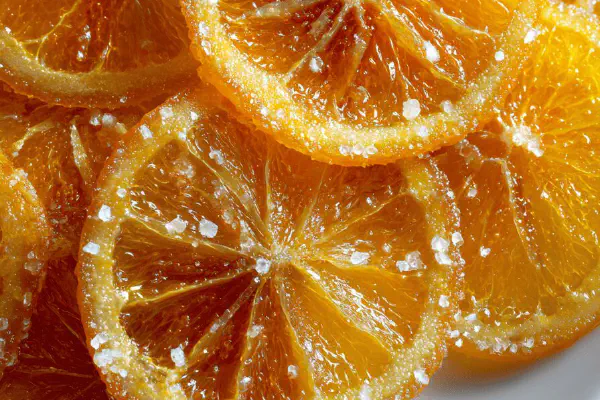
By Emma
Certified Culinary Professional
Ingredients
- 3 blood oranges, scrubbed
- 900 ml (3 3/4 cups) granulated sugar
- 700 ml (just under 3 cups) water
About the ingredients
Method
- Cut off both ends of each orange on a sturdy surface. Slice into 6 mm (around 1/4 inch) thin rounds. Remove seeds carefully to avoid bitterness but keep slices intact.
- Combine 700 ml water with 750 ml sugar in a heavy-bottomed pot. Bring to a rolling boil; gives that sharp hiss and bubbles.
- Add orange slices gently, reduce heat to low. Simmer just until edges start to soften, about 12 minutes, not mushy. Skim foam if needed.
- Turn off heat. Leave oranges submerged in syrup for roughly 1 hour 20 minutes; syrup will gradually thicken and infuse. No rush. Cover with lid to keep aromas.
- Back on medium heat, stir in remaining 150 ml sugar. Bring back to gentle simmer. Cook slices for 6 minutes. Remove from heat and cool with lid off for 1 hour 15 minutes.
- Repeat the simmer and cooling with sugar addition twice more, keeping to gentle bubble, stirring carefully to avoid tearing fruit. Watch for edges turning translucent, letting syrup coat evenly.
- When slices gain glassy look, no longer opaque, drain them on wire racks set over trays to catch drip
- Let air dry 26 hours at room temperature, flipping halfway. Covers moisture release and concentrates flavors. Avoid sticky clustering by spacing well.
- Store cooled slices layered with parchment in airtight jar in cool, dry place. Should last several weeks unless humidity spoils texture.
Cooking tips
Chef's notes
- 💡 Slice thick enough to hold shape; thinner tears easily. Seed removal tricky but helps avoid bitterness. Notice sound simmering makes, steady bubble not rolling boil. Syrup around fruit sinks slightly to soften edges without mush.
- 💡 Sugar dissolved before adding fruit cuts risk of scorch or grit. Different sugars shift flavor and color; raw cane darkens syrup, harder to judge done by bubbles. Acid additions like lemon juice stop crystallizing if needed during simmer.
- 💡 Let syrup soak between cooking cycles; cool down pulls flavor deeper without breaking fruit. Multiple simmer-cool repeats key to texture. Keep heat low, watch for slight edge translucency; soft but firm is go time.
- 💡 Dry slices on racks in open air, flipping midway; avoids sticky clumps and uneven drying. Skip fridge, moisture wrecks chewiness fast. Fan speeds drying but risk over-dry cracking, watch carefully.
- 💡 Use heavy-bottomed pots for even heat distribution; hot spots burn syrup fast. Wire racks better than towels, towels soak juice causing slices to break. Store layered with parchment in cool dry spot keeps weeks if humidity low.
Common questions
How thick should slices be?
About 6 mm or quarter inch. Thinner tears. Thicker risks hard drying. Not too thick either. Seeds removed helps focus on texture. Thickness controls chewiness, drying time varies.
Can I swap sugar type?
White, raw cane, honey work but changes happen. Raw darkens syrup, harder judge bubbling. Honey imparts flavor, needs timing tweaks. White granulated most straightforward. Watch simmer closely.
Why syrup crystallizes?
Overcooked or cooled wrong. Add lemon juice or corn syrup in recipe prevents sugar recrystallizing. Stir gently, dissolve sugar fully before fruit. Crystals ruin texture, taste gritty.
How to store candied oranges?
Airtight jar, with parchment layers, cool dry place. Avoid humidity, sugar clumps or mold happens quick. Room temp preferred, fridge adds moisture. Can last weeks if proper dry storage.
